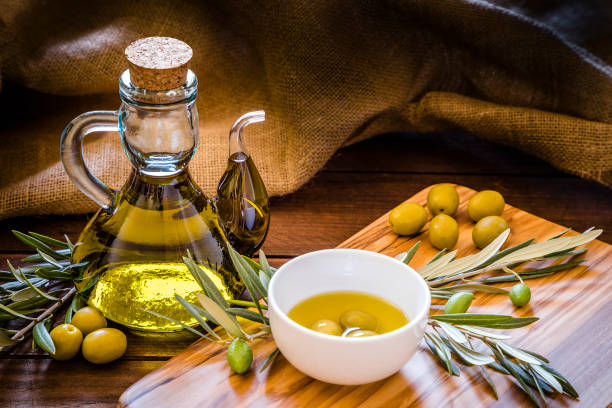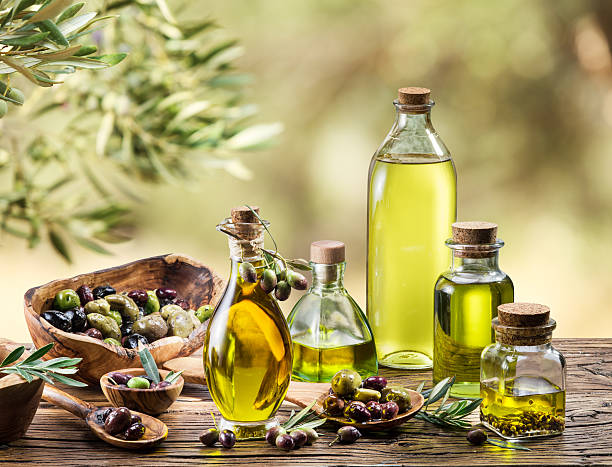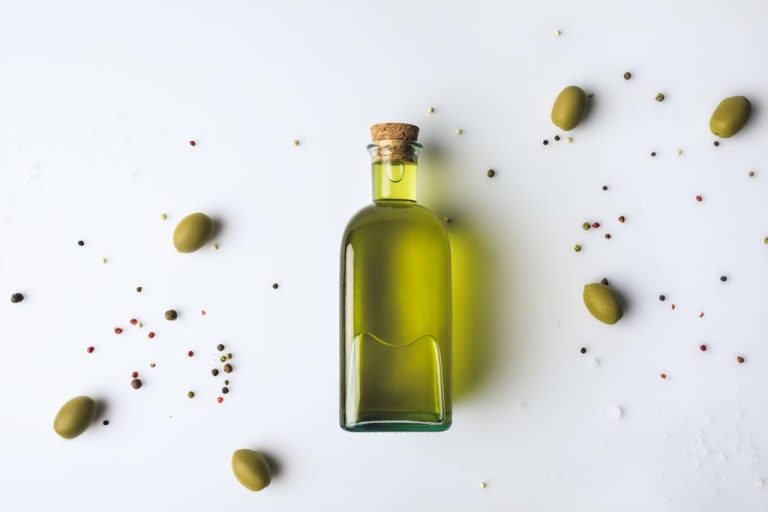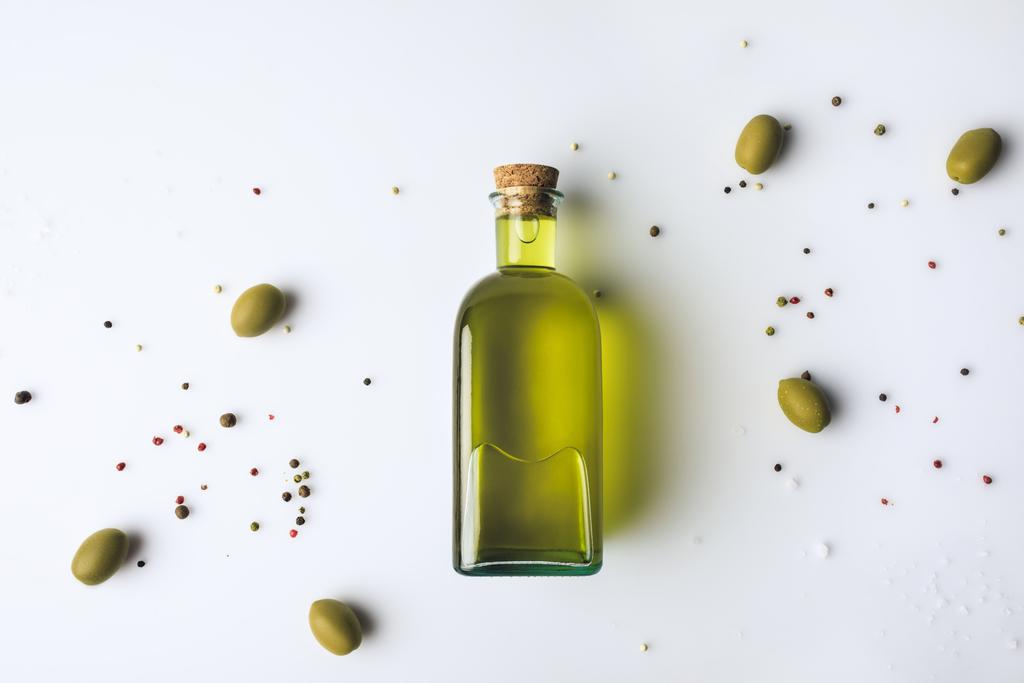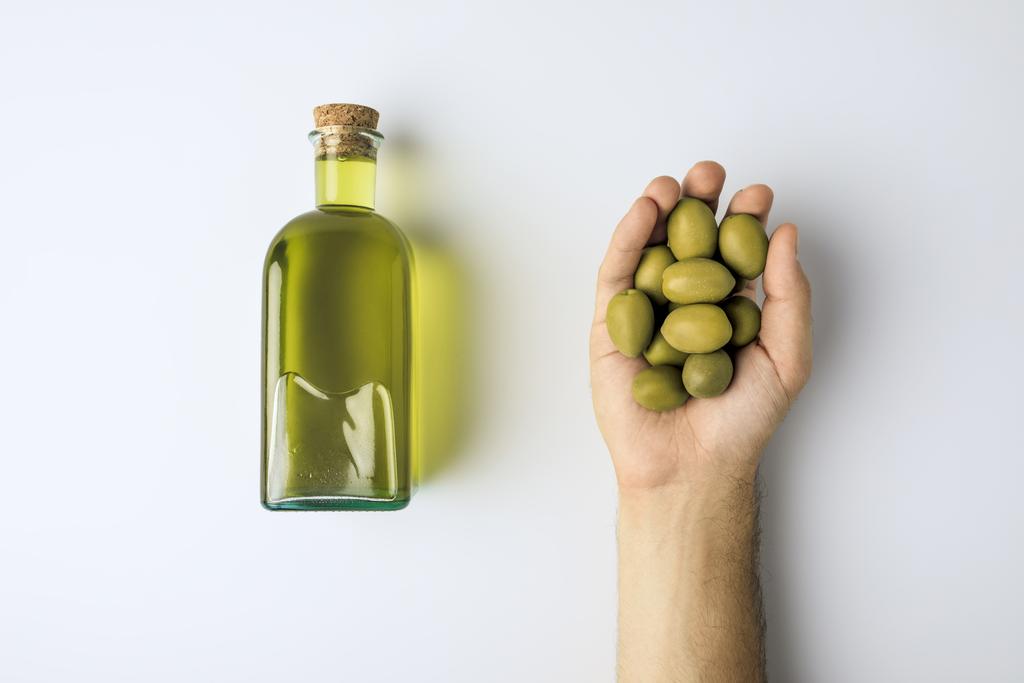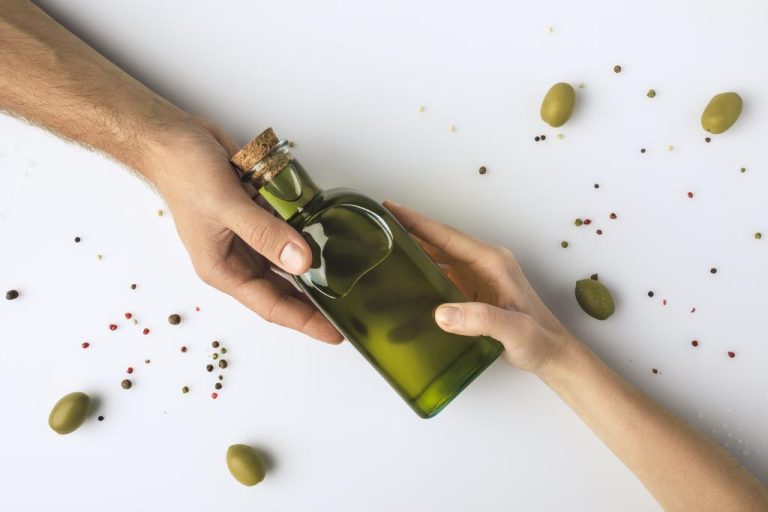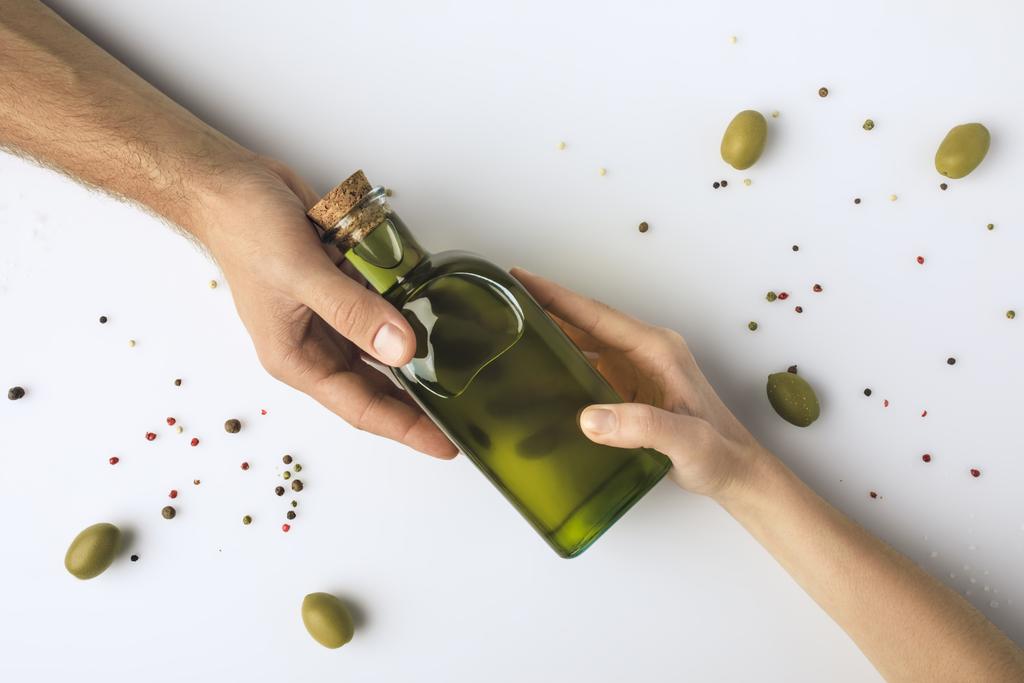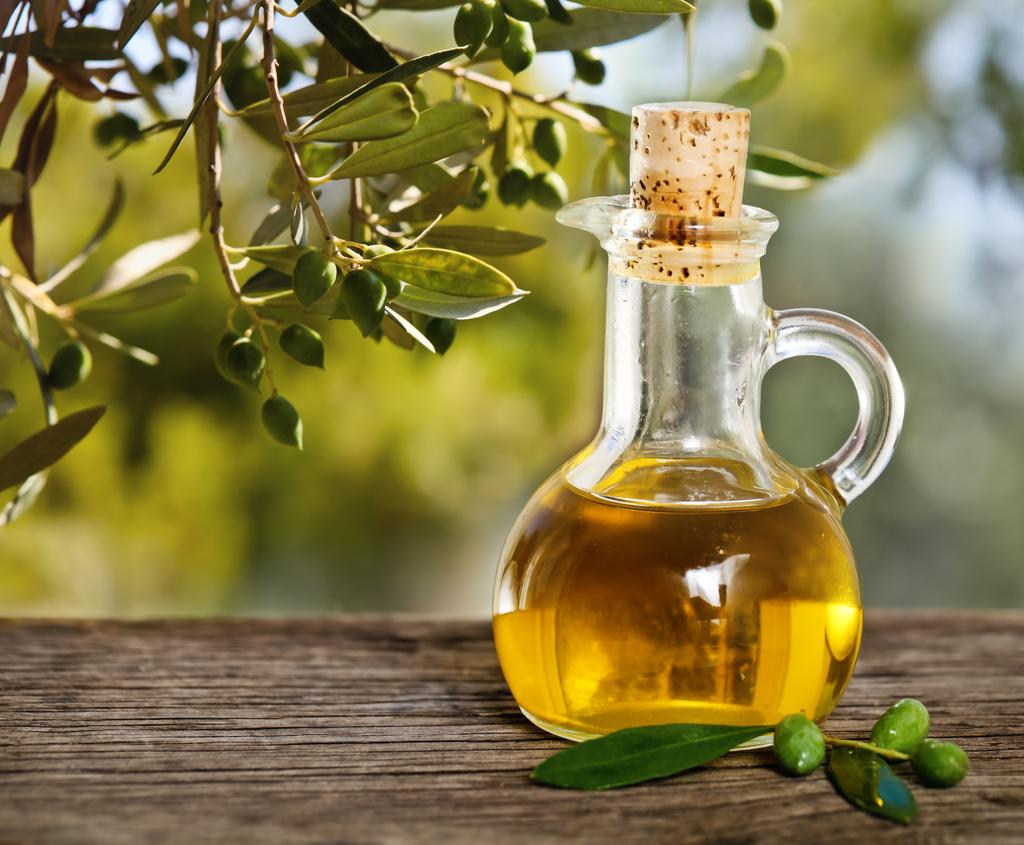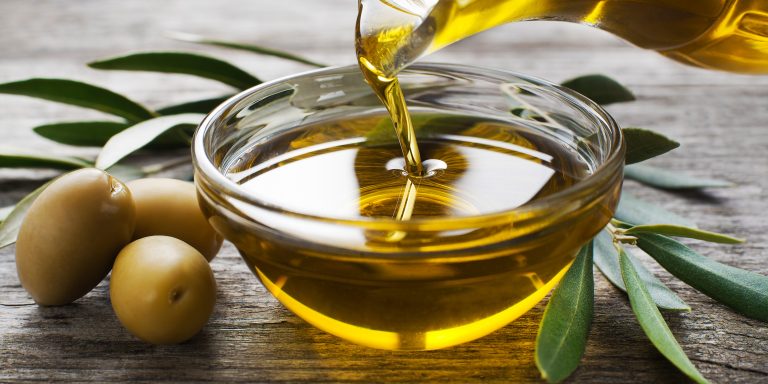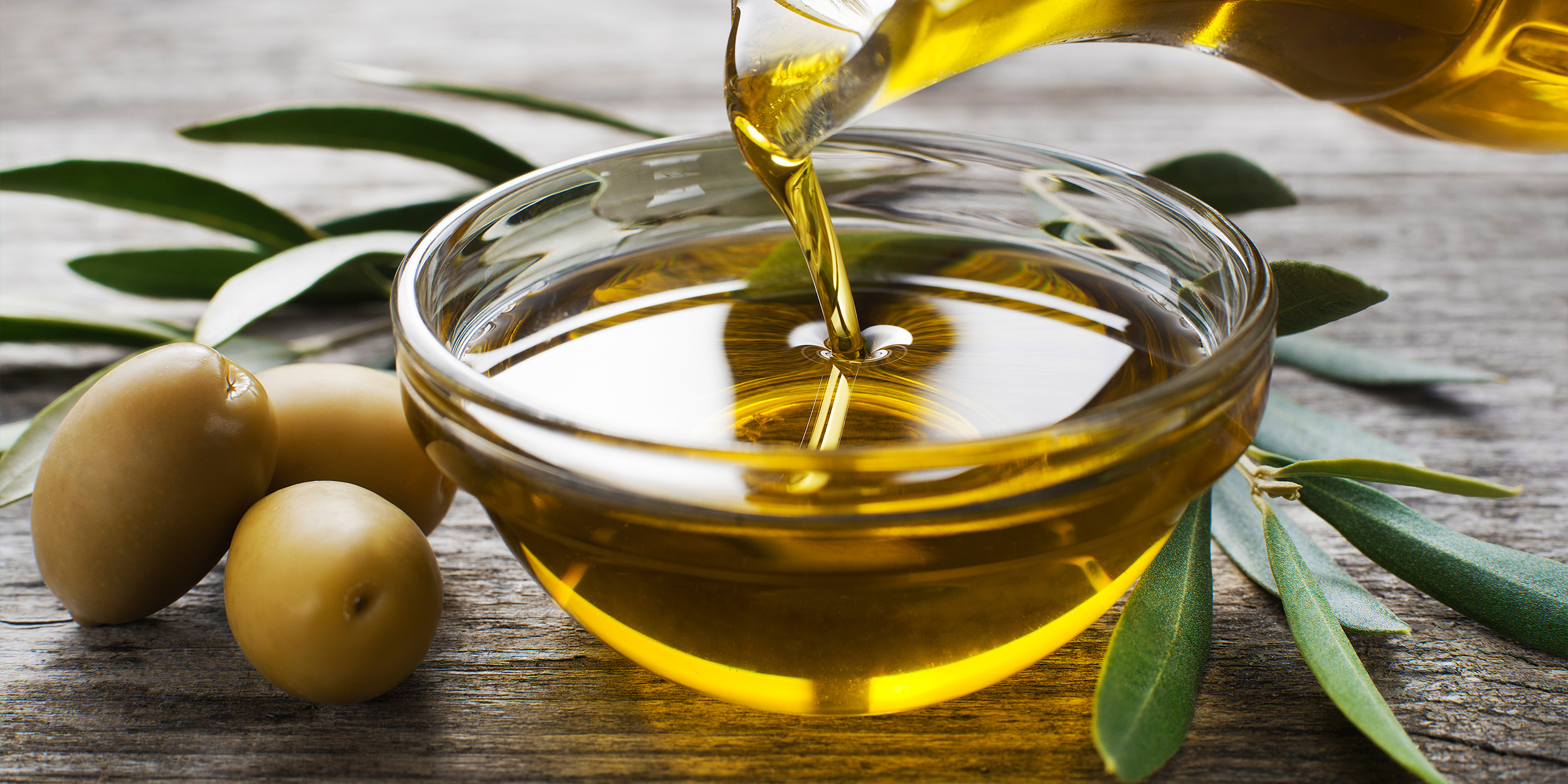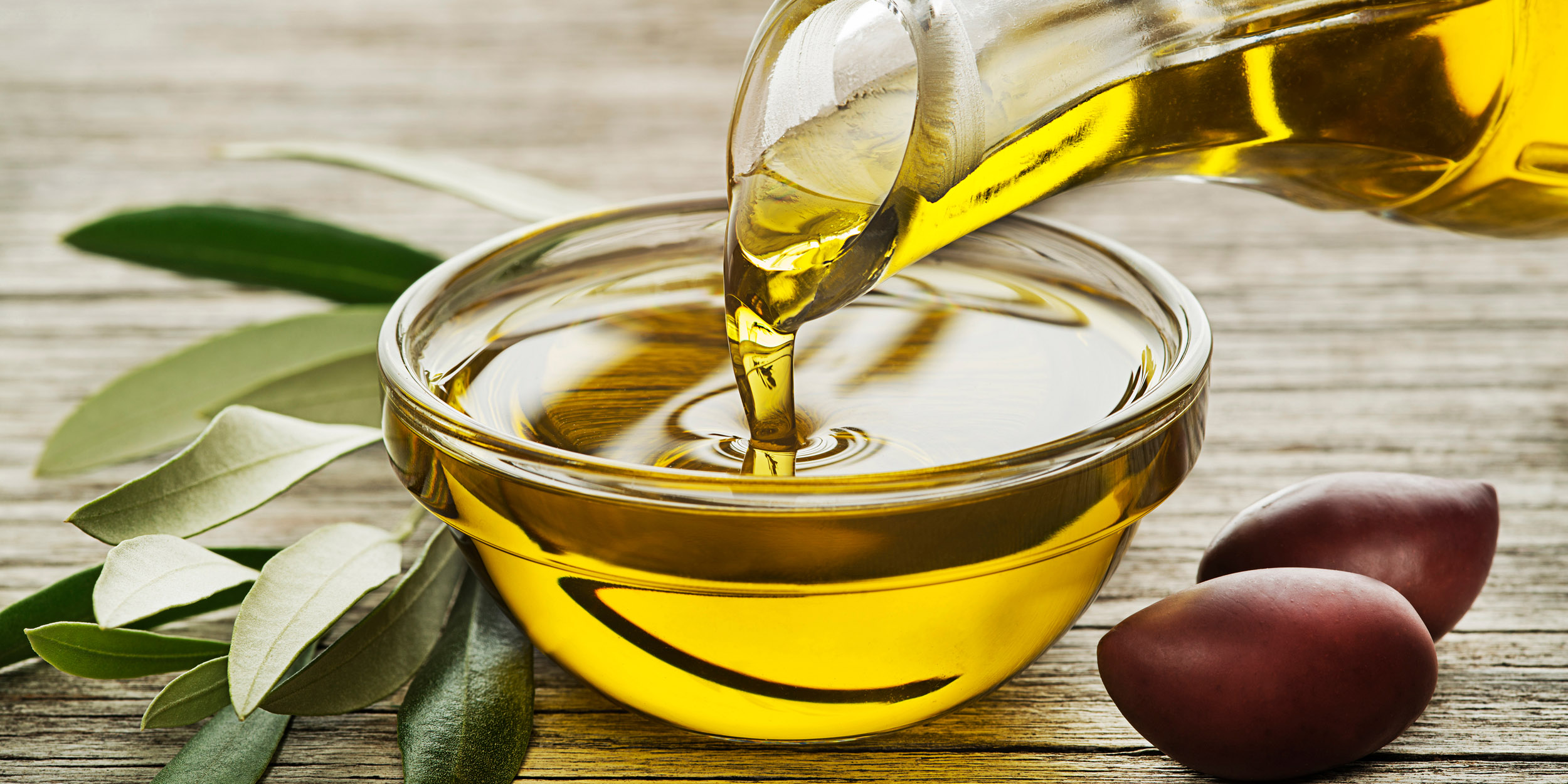Olive oil is mainly used as a cold-pressed vegetable oil in the kitchen. But just like other vegetable oils, olive oil has a healthy effect. Therefore, olive oil is equally suitable for hair and skin. We have collected the most important information and areas of application.
The History of Olive Oil
Historical finds indicate that for centuries BC. BC olive oil was produced, traded, and consumed. Because the oldest petrified olive stones are 10,000 years old and were discovered in Nahal Zehra. The Caucasus and Iran are also considered areas where olive oil was widespread. Later in the 5th century AD, olive oil also established itself in Europe. Olive trees can bear up to 300 kg of fruit. A good liter of yellow oil can be squeezed out of 30kg. This is obtained from the meat and the pits of the olive fruit. It is grown in the Mediterranean countries, primarily in Portugal, Spain, Italy, Greece and also Croatia, Tunisia, and Turkey.
Effect of olive oil is healthy

Olive oil is healthy as long as you use a high-quality product. Because it has a preventive effect against breast cancer, heart disease, depression, and diabetes. Since it contains unsaturated fatty acids, it has a stronger anti-cholesterol effect. It also protects the gastric mucous membranes and reduces the formation of gallstones. Therefore, it makes sense to integrate healthy olive oil into your own diet.
Use of olive oil in cooking
It is often used in the kitchen to prepare salads. But also for searing and deep-frying all kinds of food. Consequently, olive oil is a healthy all-rounder that no kitchen is missing. You can also use it to pickle vegetables or cheese. And it is also suitable as an ingredient for fresh fruit and vegetable juices or homemade smoothies. You can also use the good oil to bake cakes and cookies.
Use as a home remedy
High-quality olive oil is a good all-around care product. Everyone knows the problem: you need a new face cream, body lotion, hair conditioner, wound protection cream, baby care cream, etc. What do you use and what is right? What can be used to trigger allergies and what can be used to alleviate allergy symptoms? You quickly lose track of all the cosmetic products. The solution is the versatile olive oil:
1) Olive oil for the skin
The cold-pressed oil is good for the skin. Already in ancient Egypt, olive oil was said to have the same cleaning powers as donkey milk, in which Cleopatra is said to have bathed. The oil is rich in vitamin E and antioxidants. If you feed your skin with it, it can slow down the aging process. To do this, oil yourself with it or use it as a bath additive. Consequently, it is a good home remedy for delicate and soft skin. Also, note other useful and healthy vegetable oils.
2) Babycare with olive oil
For baby care, olive oil is very well suited as the sole care product. Because it keeps the skin supple and soft, is suitable for the hair, and gently cleanses the body. You can also do the diaper region well with olive oil
care, as olive oil has an anti-inflammatory effect. When using baby cream, you should avoid artificial ingredients.
3) Make a homemade scrub
You can also make a homemade peeling from olive oil and sugar and use it to care for your sensitive skin. To do this, mix a paste from about 1 tablespoon of sugar and 2 tablespoons of the oil. Then you can rub it into your skin. The sugar grains wear away old skin cells and the olive oil nourishes the skin. This peeling can be used for any part of the body.
4) Home remedies for dry elbows
As a home remedy for dry and rough elbows, Mediterranean oil works wonders. Accordingly, fill the oil in a bowl and heat it in a water bath to about 38 degrees. Then you can bathe your dry elbows in it for 10 minutes. With daily use, your elbows should be soft and supple again after a week. You can also use the peeling mentioned above.
5) Olive oil for hair
You can also care for your hair with olive oil by using it for homemade hair treatment. It’s even easier if you massage the oil into your hair after washing your hair. Then leave it on for an hour and wash it off with a mild shampoo. This makes it the perfect home remedy for dry hair. If only your tips suffer from split ends, treating them with the oil is sufficient.
6) Application for allergies
Olive oil is not only good for skin and hair. You can also use it as a care product for allergies. Since many industrially manufactured care products can cause skin irritation and allergies, it is better to use natural oils. In addition, it has a healing effect and can therefore also be applied well to irritated skin areas. You can also order natural cosmetics online and use them for sensitive skin.
7) Strengthen immunity

Since olive oil is healthy, you can use it to strengthen your immune system. If you consume a tablespoon of olive oil every day, you provide your body with valuable ingredients that positively support your cardiovascular system. If you don’t feel like eating a spoonful of oil, you can mix it into your breakfast oatmeal.
8) Olive oil is said to prevent depression
The Mediterranean cuisine is very rich in olive oil. Some studies suggest that Mediterranean cuisine can help prevent depression. It should also reduce the risk of tumor formation. Of course, a holistic healthy diet is essential.
9) Reduce the risk of stroke
Several studies show that a diet high in olive oil can significantly reduce the risk of stroke by about 30 percent. This is probably due to the linoleic acid it contains, which is supposed to protect against vascular deposits. Mediterranean cuisine is therefore particularly advantageous for high-risk patients.
